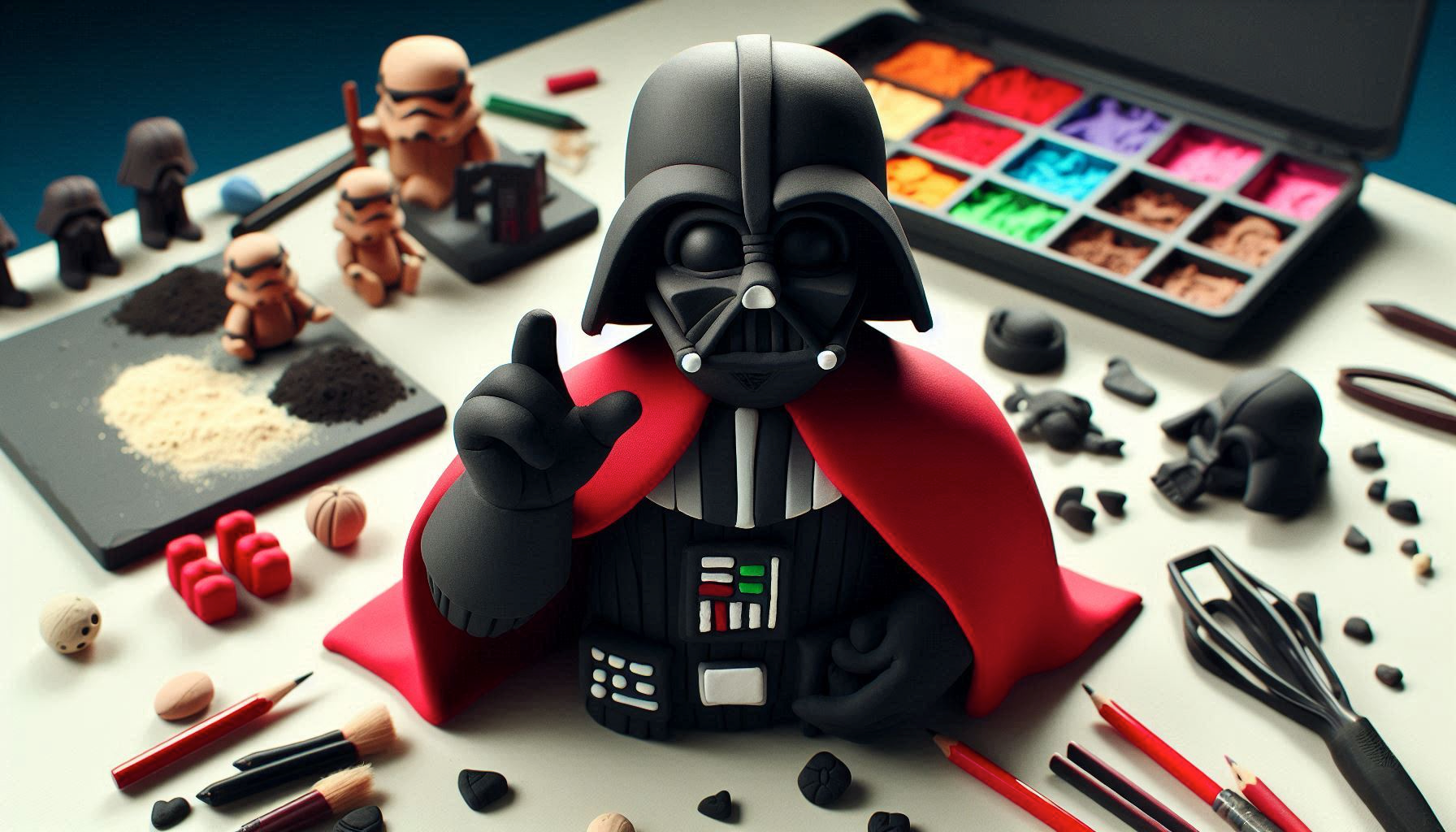An antagonist is a key character whose goals conflict with those of the protagonist. Often labeled as “the bad guy” or villain, this character isn’t always evil; they simply oppose the protagonist’s objectives.
In essence, while the protagonist aims to achieve something, the antagonist works to stop them, creating the central conflict of the story. A narrative can include multiple antagonists, whether as characters or abstract forces, and there are different types of antagonists to consider.
What is an Antagonist? Types and Examples
Antagonists can be classified in various ways: They can be abstract or concrete, external or internal, as well as individual or group-based. I prefer to categorize them according to the nature of the antagonist, resulting in the following six types of antagonist characters:
1. The Antagonist is an Ordinary Human
This is the most basic type of antagonist, where a character or a group of characters opposes another character. They have conflicting objectives, and throughout the story, they struggle to achieve their goals, physically or metaphorically.
This type of antagonist is versatile because it doesn’t necessarily represent a villain. Instead, it often involves an ordinary person who desires something different. As a result, the story can lack clear-cut “good” or “bad” characters, as each side has its own circumstances and reasons for fighting. This ambiguity can help the reader understand the characters’ motivations from both perspectives.
We find examples of human antagonists in William Golding’s Lord of the Flies; in Alexandre Dumas’ The Count of Monte Cristo, where the antagonists are Danglars, Fernando Mondego and Villefor; and also in the television series Lost, where “the Others” turned out to be a group of humans with whom the viewer could also empathize.
Another striking case of an antagonist as an ordinary human is that of George R.R. Martin’s Game of Thrones saga, since in this choral work, we find multiple protagonists who are antagonists among themselves.
🎓 Learn more: How Create the Perfect Character Profile Template
2. The Antagonist is a Monster
A typical case, though less ambiguous than the previous one, involves the antagonist as a representation of evil —a fearsome and powerful monster against which the protagonists seem to have little chance. These antagonists can be gods, vampires, ghosts, demons, beasts… The crucial element is the unequal struggle, putting the protagonist at a significant disadvantage. The antagonist-monster should evoke feelings of fear or, at the very least, respect. This makes the eventual victory of the protagonists all the more significant.
Examples of this type of antagonist are Sauron in The Lord of the Rings, by J.R.R. Tolkien; Voldemort in the Harry Potter saga, by J. K. Rowling; or Count Dracula in the novel of the same name by Bram Stoker.
However, some antagonists blur the line between villainy and humanity, adding depth to their stories. For instance, Annie Wilkes in Stephen King’s Misery or Darth Vader in Star Wars show that complexity; while Vader appears ruthless, the story reveals his vulnerable side. Additionally, the Emperor represents an even greater evil, highlighting the intricate struggle between good and evil in these narratives.
3. The Antagonist is Society
When the society in which the characters live acts as one of the antagonists in the story, the plot often revolves around the protagonists rebelling against established norms. This creates a somewhat abstract conflict. To clarify this dynamic, authors frequently introduce specific characters from that society who serve as obstacles for the protagonists. While it may appear that these characters are the primary antagonists, they actually represent the broader society, which is the true antagonist in the narrative.
In Tolstoy’s Anna Karenina, the protagonist struggles with the strict social conventions of her time and her own feelings, facing opposition from characters in her environment who resist her desire to break societal norms.
Similarly, in Atwood’s The Handmaid’s Tale, the protagonist contends with the oppressive Gilead regime as her main antagonist, with Serena Joy embodying that regime’s oppressive nature.
4. The Antagonist is a Machine
The machine as an antagonist is a compelling theme in science fiction, depicting the intense conflict between humans and rebellious technology created by their own hands. This dynamic sparks essential questions about control, ethics, and the consequences of innovation.
Examples of this type of antagonist include HAL 9000, the artificial intelligence computer from Arthur C. Clarke’s 2001: A Space Odyssey, and the Cylons from the television series Battlestar Galactica.


5. The Antagonist is a Force of Nature
Incredible forces of nature, such as tornadoes, volcanoes, meteors, climate change, and tsunamis, pose an undeniable threat to protagonists, whose primary objective is to survive these perilous situations. Their struggle against these relentless disasters highlights the strength of the human spirit in the face of adversity.
Natural disaster films like Twister by Michael Crichton and Anne-Marie Martin, The Towering Inferno by Stirling Silliphant, and The Impossible by Sergio G. Sanchez and Maria Belon showcase antagonists that are forces of nature.
In stories where nature is the antagonist, disasters are sometimes personified, as if the meteorite heading toward Earth has a will to destroy us. While this is an interesting approach, introducing a second antagonist, like an army general hindering the scientist’s efforts, can enhance the narrative. This adds tension, creates new conflicts, and prevents the entire weight of antagonism from resting solely on a natural event, which could seem implausible if not handled carefully.
6. The Antagonist is the Protagonist
The last type of antagonist is the internal antagonist, perfectly summarized by the phrase: “Sometimes, your worst enemy is yourself.”
This antagonist creates a compelling conflict within the character and often appears in narratives, even if it’s not the main source of tension. When the antagonist is also the protagonist, we explore rich internal conflicts that enhance the story’s depth.
In Atwood’s The Handmaid’s Tale, when the protagonist is torn between her desires to rebel against the oppressive regime, submit, or die, we find a case in which the protagonist becomes the antagonist.
🎓 Learn more: What is a Character Arc? Types, Ideas and Examples
How to Write Memorable Antagonists?
When writing a story, many writers try to create believable antagonists and solid motives for behaving as they do. To do this, I always try to be guided by two premises that I learned thanks to my work as a screenwriter:
- Every character sees themselves as the hero of their narrative.
- Every character believes they are justified in their actions.
This is essential because, while antagonists create conflict, they must also be well-rounded characters and credible.
Understanding an antagonist’s motivations helps readers relate to them, even if they don’t agree with their choices. In essence, creating any character is about empathy. By stepping into another’s shoes, we enrich our storytelling and grow as writers and individuals.
